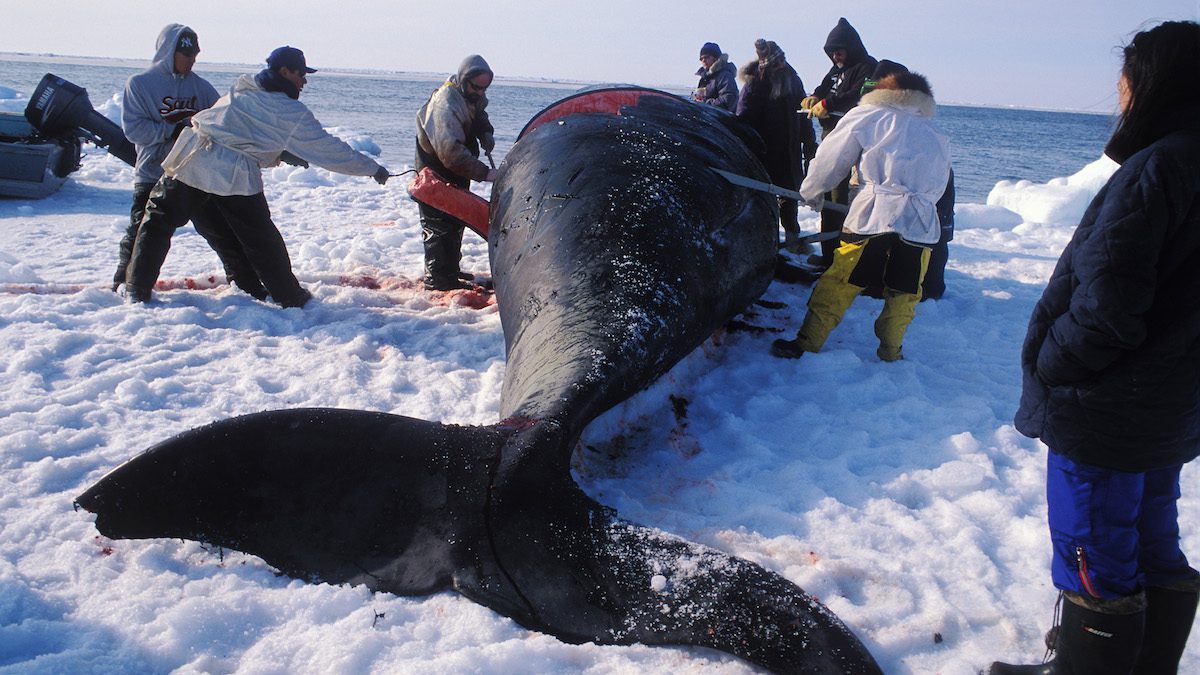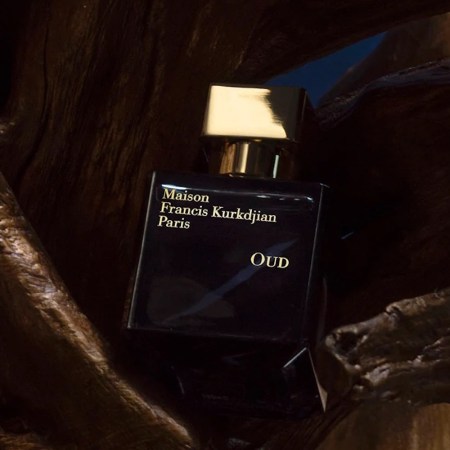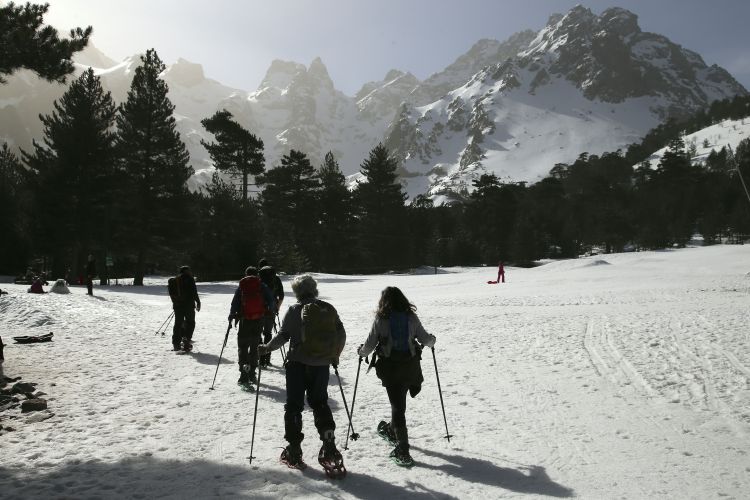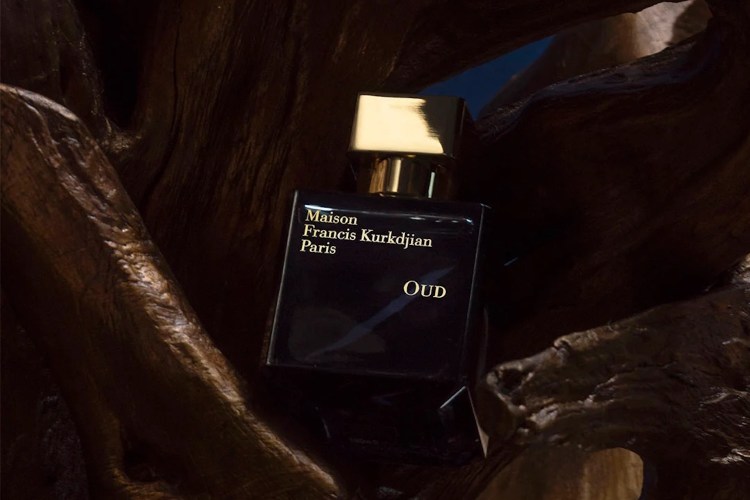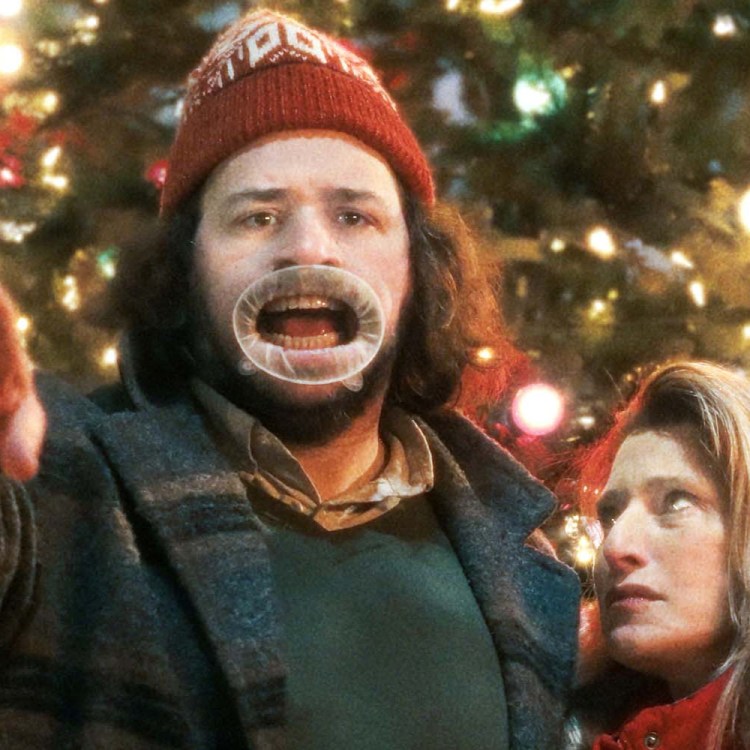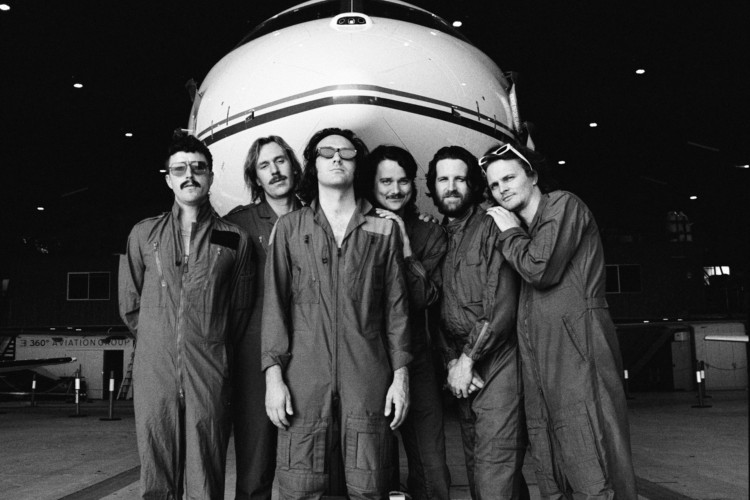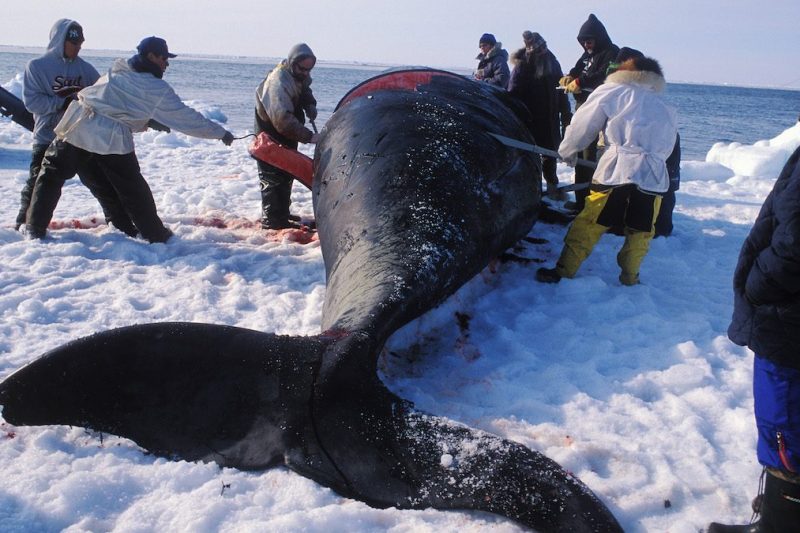
Kivalina, Alaska lies above the Arctic Circle. The natives used to catch a bowhead whale every three or four years. Then they went through a streak when they weren’t so successful. Before they knew it, it had been over 20 years since the last catch. Life had been growing more difficult in other ways as well. Kivalina has just over 400 residents and none of them have running water. Beyond this, there isn’t a dentist or doctor within a hundred miles. Finally, storms have literally been washing it away: residents want to relocate the town but no agency will pay the $400 million it would cost to do so. Catching a whale wouldn’t solve all their problems, but it would be a much-needed victory for the community.
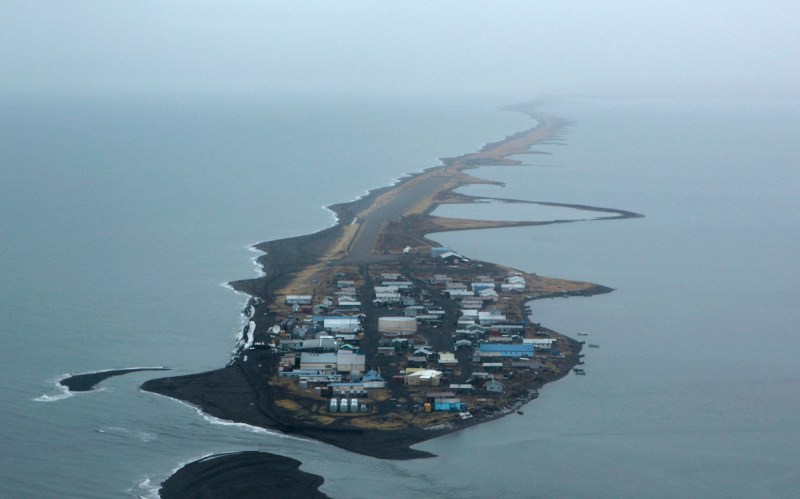
Saki Knafo went to Kivalina to cover a whale hunt for Men’s Journal. Kivalina still uses traditional Eskimo methods for the hunt. Knafo writes:
“To catch a whale, Eskimo hunters hitch their sleds and a small boat to their snowmobiles. Then they travel over the ice that stretches across the sea for miles. They head out in the spring, when the plates of ice begin to break apart, and drive until they come to a crack or a channel — an uiniq. There they set up a big canvas tent and wait —for days, sometimes weeks — ready to jump into the boat, harpoon gun loaded, at the first glimpse of a whale coming up for air.”
In addition to often being unsuccessful, the method is risky. Thin ice could collapse, the harpoon gun could explode, you could have a fatal encounter with a polar bear or a walrus. (Not to mention whales are powerful, potentially dangerous animals.)
Yet Kivalina keeps trying. When asked why they continue this tradition, town whaling captain Reppi Swan says simply, “It’s who we are.”
To read the full article, click here. Below, watch a feature on a native Alaskan whale hunt.
This article appeared in an InsideHook newsletter. Sign up for free to get more on travel, wellness, style, drinking, and culture.
